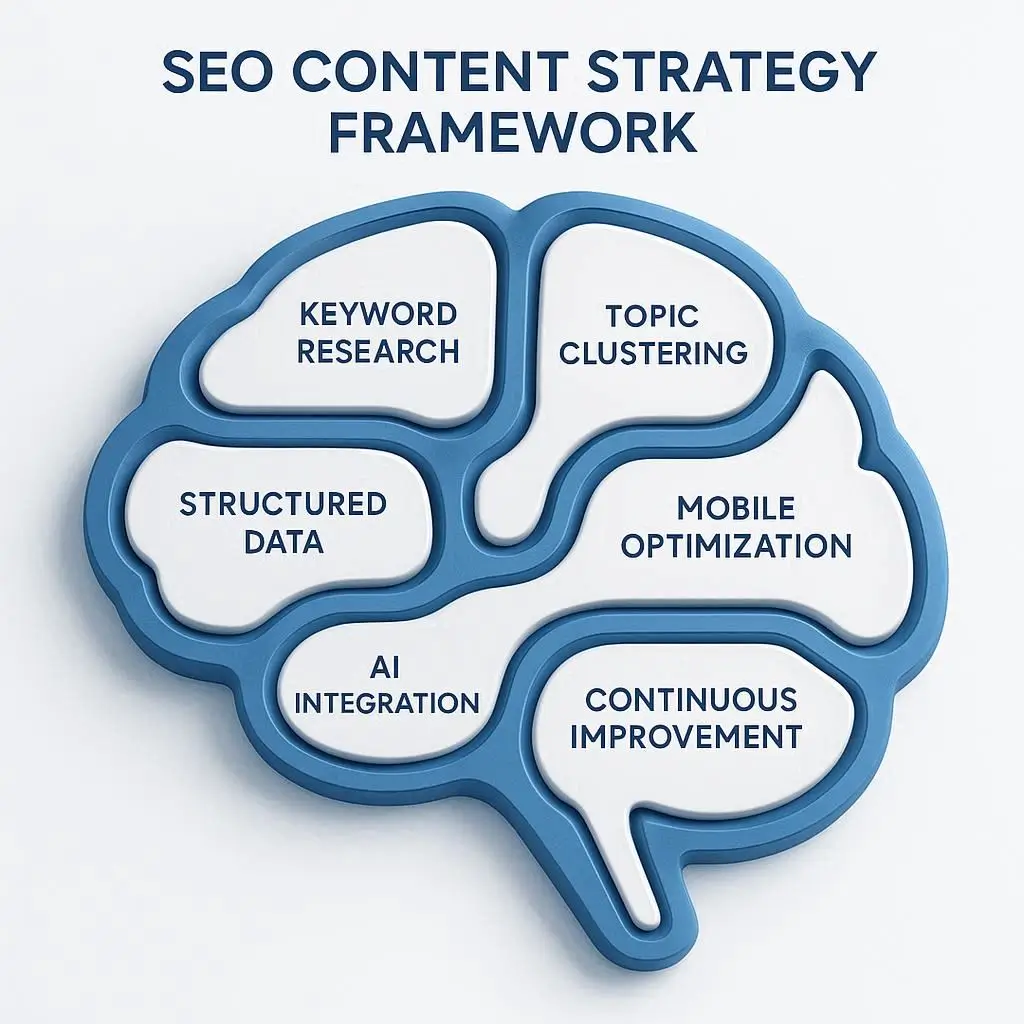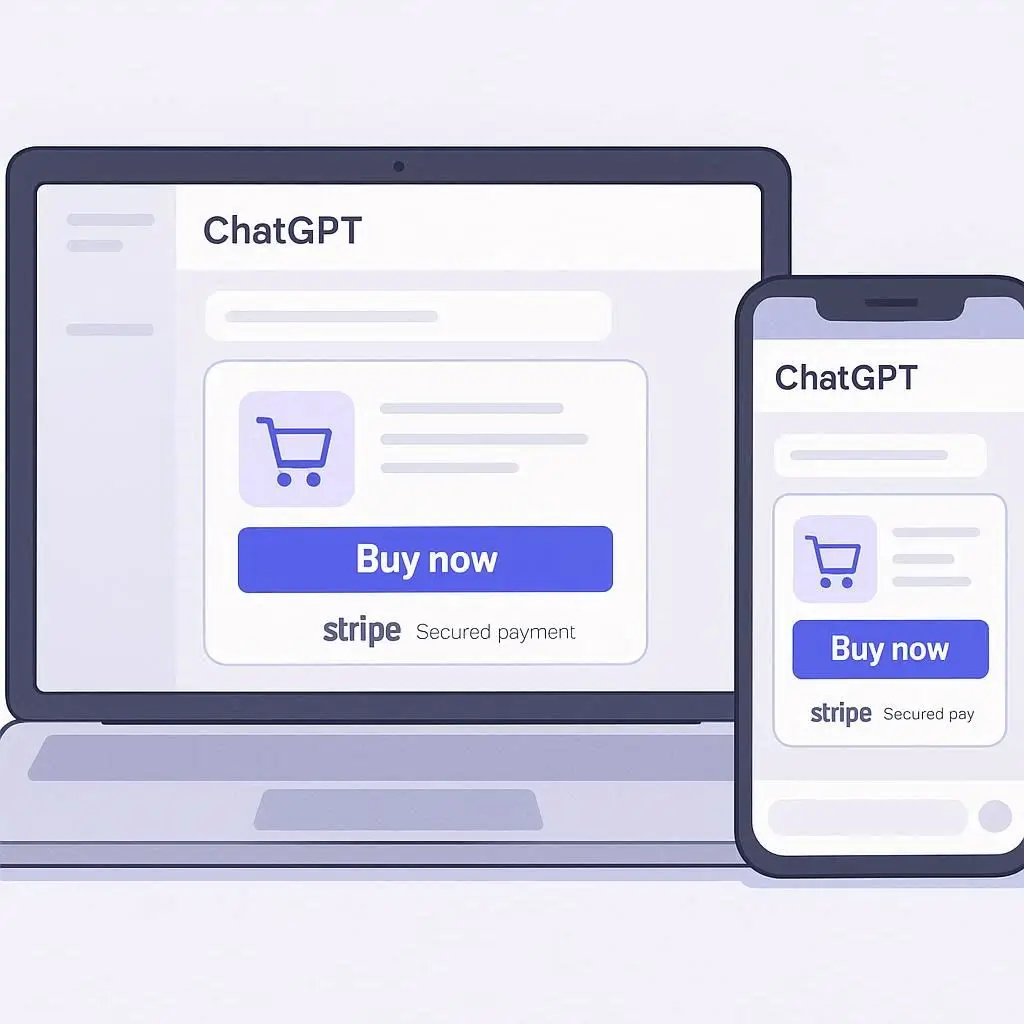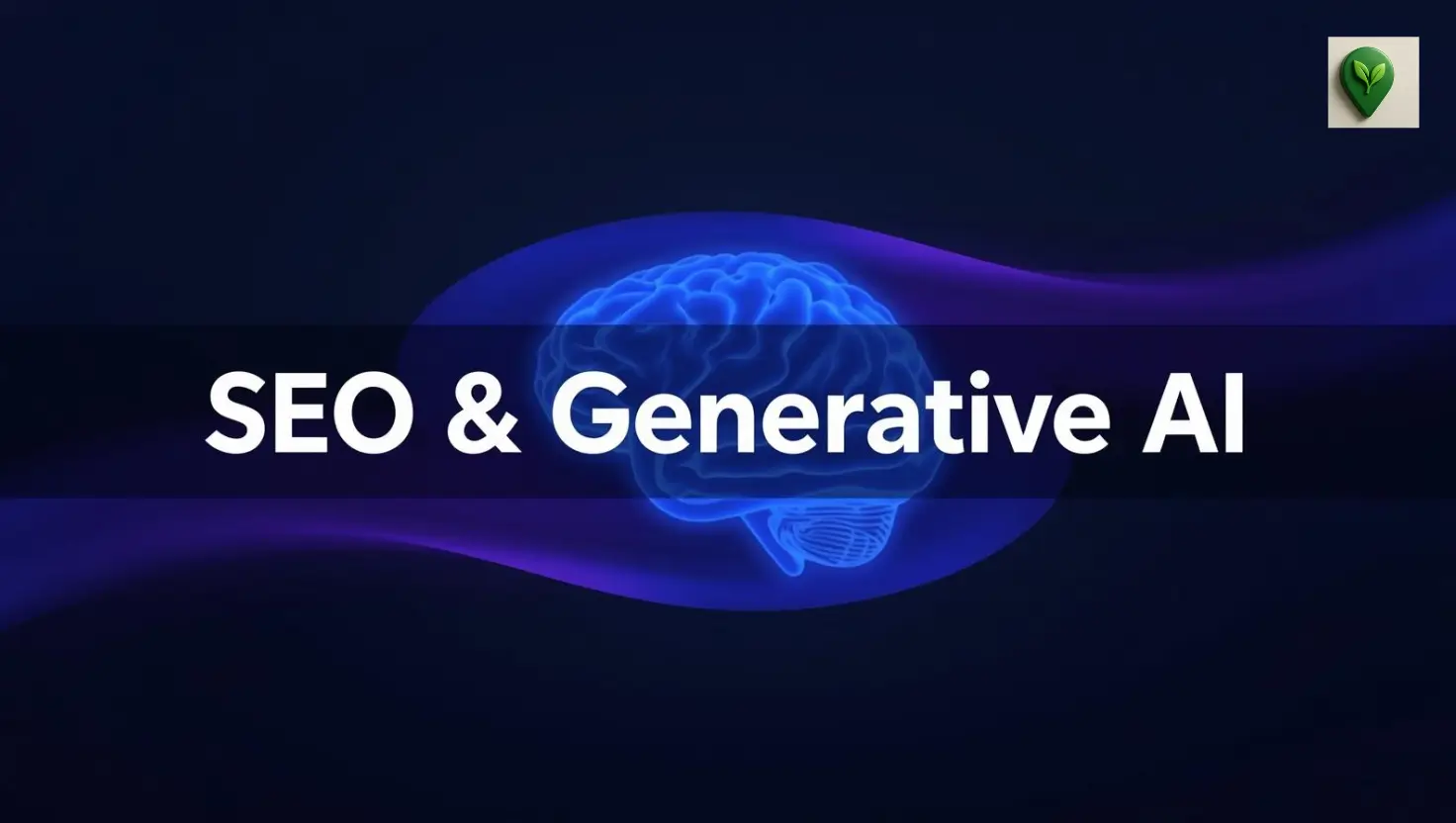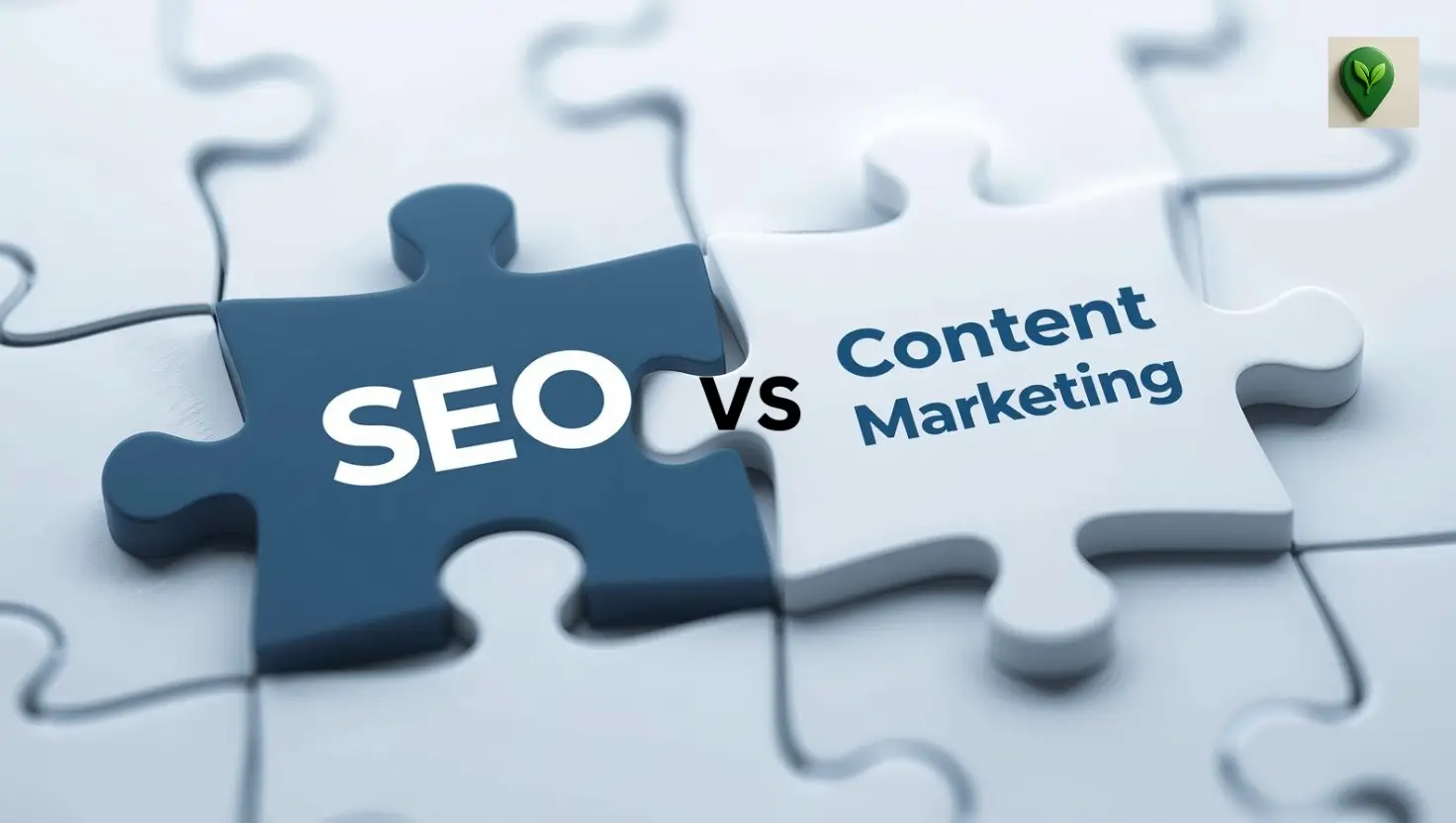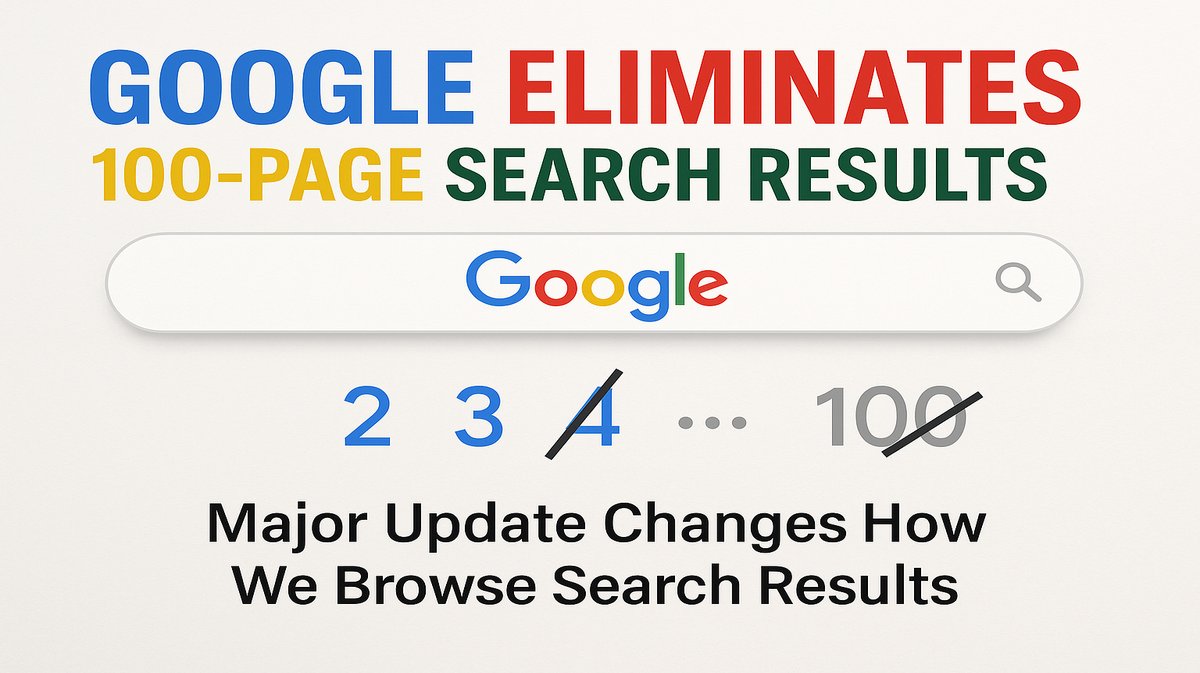I remembered a time I tried to rank for ‘best cat memes’ without a plan. It was a disaster. I learned pretty quickly that you can’t just throw content at the internet and hope for the best.
That’s why I got serious about SEO content strategy framework, and trust me, it changed everything. To create content that draws in readers and search engines, this article will explain a few key points.
First, it will highlight briefly what a winning content strategy comprises.
Next, it will cover market research, audience insights, as well as statistics. Finally, it will cover the core components of a content strategy.
Table of Contents
ToggleWhat Defines a Winning SEO Content Strategy?
A winning SEO content strategy is characterized by its ability to adapt to evolving search algorithms and user behaviors while consistently delivering measurable results.
It prioritizes user intent, technical soundness, and content quality.
Market Research and Audience Insights
Effective content begins with a deep understanding of your target audience and the market. This includes identifying their pain points, questions, and preferred content formats.
For instance, a business that targets B2B clients may find that whitepapers and case studies work better than short blog posts. This matches their audience’s need for detailed information.
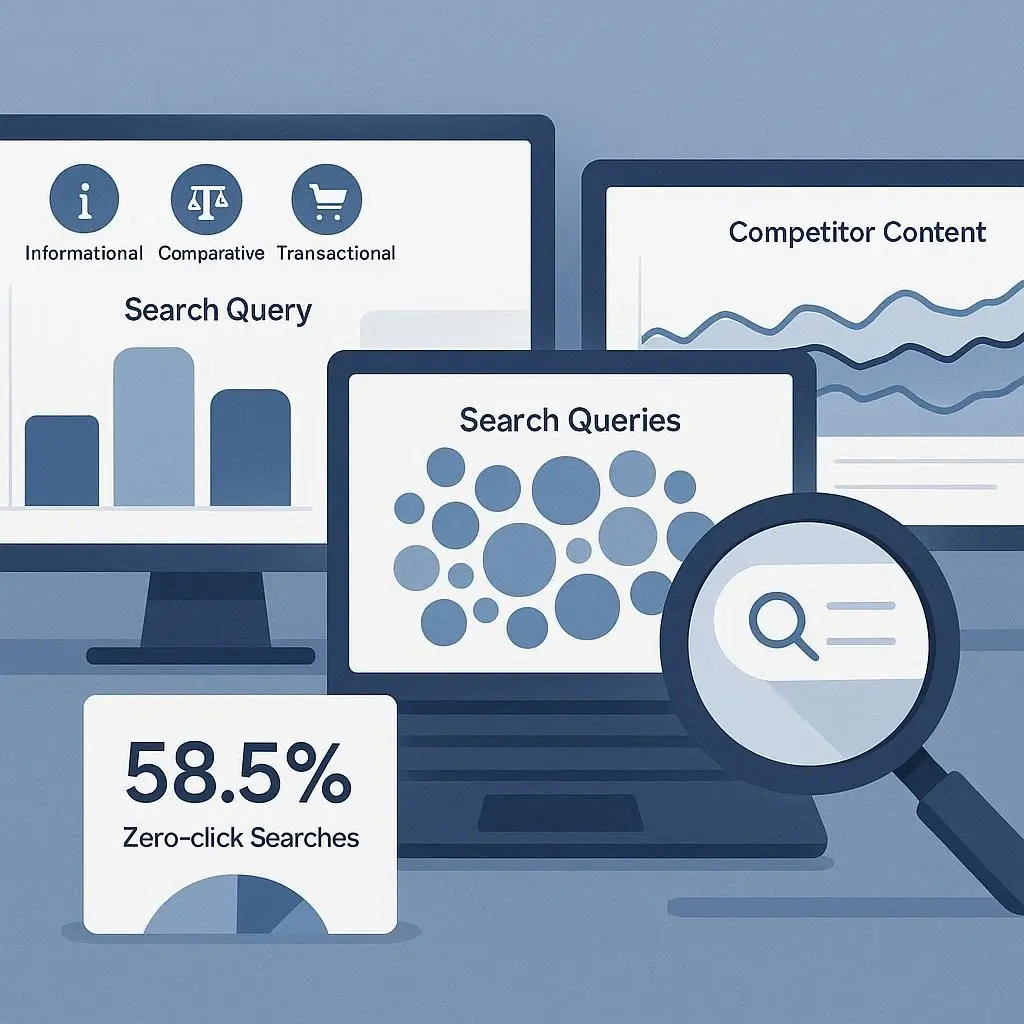
- Identify Search/User Intent: What are users truly looking for when they type a query? Are they seeking information, comparing products, or ready to purchase?
- Analyze Search Behavior: Understand how users interact with search results, including the prevalence of zero-click searches, which account for about 58.5% of Google queries, as noted by Exploding Topics.
- Competitor Analysis: Examine what content your competitors are ranking for and identify gaps or opportunities.
Key SEO Content Strategy Statistics (2024-2025)
| Metric | Statistic | Implication for Strategy | Source |
|---|---|---|---|
| Content Length Impact | 3,000+ words = 3x traffic, 4x shares | Prioritize long-form, comprehensive content | Backlinko |
| Zero-Click Searches | 58.5% of Google queries | Optimize for rich snippets, direct answers | Exploding Topics |
| Schema Markup Usage | 72% of first-page results | Implement structured data for rich results | SEO Sherpa |
| Mobile Internet Access | 92.3% of users | Ensure mobile-first design and responsiveness | Backlinko |
Components of an Effective SEO Content Strategy Framework
1. Keyword Research and Topic Clustering
Keyword research is the foundation of any winning content strategy. It involves identifying the terms and phrases your target audience uses to find information related to your products or services.
Beyond individual keywords, modern SEO emphasizes topic clustering, where content is organized around broad topics, with pillar pages linking to supporting cluster content.
- Long-Tail Keywords: Target specific, less competitive phrases that often indicate higher purchase intent. Example: “best vegan protein powder for muscle gain” instead of “protein powder.
- Semantic Keywords: Identify related terms and synonyms to enrich content and provide comprehensive answers to user queries.
- Competitor Keyword Gaps: Use tools like Semrush, Ahrefs to identify keywords your competitors show up for.
Content Planning and Editorial Calendar Development
Once keywords and topics are identified, the next step is to plan content creation systematically. This involves developing content pillars, outlining content types, and establishing an editorial calendar.
SeoClarity’s 9-step SEO content strategy highlights editorial calendar development as a key focus area. A well-structured content plan ensures consistency and covers all aspects of the customer journey.
For example, a software company might create a pillar page on “CRM software” that links to cluster content like CRM features comparison, CRM implementation guide, and CRM for small businesses.
Content Creation Focused on User Intent
Creating content that directly addresses user intent is paramount. This means understanding not just what users search for, but why they search for it.
Examples of user-intent focused content:
- Informational Content: Blog posts, guides, and FAQs answering common questions (e.g., “How to choose the right CRM?”).
- Navigational Content: This includes “About Us” pages, contact information, and product category pages. These help users find specific parts of your website.
- Transactional Content: Product pages, service pages, and pricing pages designed for users ready to make a purchase.
2. Implementing Structured Data for Enhanced Visibility
Structured data, often implemented using Schema.org vocabulary, is a powerful tool for enhancing your content’s visibility in search results.
It provides search engines with explicit clues about the meaning of your content, leading to rich snippets and improved click-through rates (CTRs).
Common Types of Schema Markup for Content
There are numerous types of schema markup that can be applied to various content formats. Choosing the right schema type is crucial for accurate representation in search results.
- Article Schema: For blog posts, news articles, and reports.
- FAQPage Schema: For pages with frequently asked questions, allowing Google to display questions and answers directly in search results.
- Product Schema: For e-commerce product pages, including price, availability, reviews, and product images.
- Review Snippet Schema: For content with user reviews, displaying star ratings directly in SERPs.
How to Implement Structured Data
To use structured data, you usually add JSON-LD code to the HTML of your web pages. Tools like Google’s Structured Data Markup Helper can assist in generating the correct code.
It’s important to check your work with the Schema Markup Validator. This helps ensure accuracy and avoid errors that might stop rich results from showing up.
3. Mobile Optimization and User Experience (UX)
Mobile devices are the main way people access the internet. To succeed in SEO, it is important to optimize for mobile. Providing a great user experience (UX) is also key to a strong content strategy.
Your content should be made for smaller screens first. This will help with readability, easy navigation, and fast loading on mobile devices.
Page Speed and Core Web Vitals
Page speed is a direct ranking factor and a critical element of user experience. Google’s Core Web Vitals (CWV) initiative measures real-world user experience for loading performance, interactivity, and visual stability.
Poor CWV scores can negatively impact rankings and user engagement. To improve page speed and CWV, consider the following;
- Optimize Server Response Time: A fast server reduces the time it takes for content to start loading.
- Minimize Render-Blocking Resources: Reduce the impact of JavaScript and CSS that delay content display.
- Enable Browser Caching: Store frequently accessed resources locally to speed up subsequent visits.
- Reduce Image Sizes: Compress images and use modern formats like WebP.
- Implement Lazy Loading: Load images and videos only when they are about to enter the viewport.
Content Readability and Accessibility
Beyond technical optimization, the content itself must be easy to consume on mobile devices. This means using clear and simple language. Break up text with headings and bullet points.
Make sure the font sizes are large enough and have good contrast. Accessibility features, like good alt text for images and keyboard navigation, help create a better experience for all users.
Take, for instance, a long article should have a table of contents, short paragraphs, and useful subheadings. This makes it easy to read on a phone screen.
This enhances readability and keeps users engaged, reducing bounce rates.
4. Utilize AI to Create and Optimize Content
AI tools can help at different stages of creating content. They can generate topic ideas and improve headlines and meta descriptions.
About 83% of companies think AI helps SEO. They use AI tools for content planning and optimization, according to Typeface.ai.
However, it’s crucial to balance AI capabilities with human oversight to maintain quality and authenticity.
5. Continuous Optimization and Improvement
SEO is a continuous effort rather than a one-time event. A successful approach entails ongoing analysis, optimization, and monitoring.
You may adjust to shifting user behavior, algorithm updates, and new business opportunities with this strategy.
Conclusion
Building a successful SEO content strategy framework is a complex but very fruitful process. It requires a data-driven plan. You need to understand what users want. You must commit to creating high-quality content.
SEO is a continuous process, requiring persistent work informed by data and industry best practices. To achieve long-term success, regularly assess results and adjust your approach.
Related Articles:
Google Eliminates 100-Page Search Results
ChatGPT Instant Checkout with Stripe & New Payment Tools
FREQUENTLY ASKED QUESTIONS
Should I focus on quantity or quality in my content strategy?
Quality should always be prioritized over quantity. High-quality content is cited by 72% of marketers as the most effective SEO tactic.
Publishing regularly is good, but posting many low-quality articles can hurt your site’s authority. This can lead to a bad user experience and lower rankings.
How often should I update my content strategy?
An SEO content strategy should be a living document, reviewed and updated regularly, ideally quarterly or biannually.
This helps you adjust to changes in algorithms, new market trends, user behavior, and competitor strategies. This way, your content stays relevant and effective.
What is the difference between an SEO content strategy and content marketing?
SEO content strategy focuses specifically on creating and optimizing content to rank highly in search engines.
Content marketing is a wide field. It includes all content efforts on different channels, like social media and email. The goal is to attract, engage, and keep an audience. SEO is an important part of this process.

Ozoemena Victor helps tech brands grow organic traffic & search visibility 5x+ with SEO, quality content & AI-driven insights.
Technical SEO Consultant & Content Strategist/Writer.

